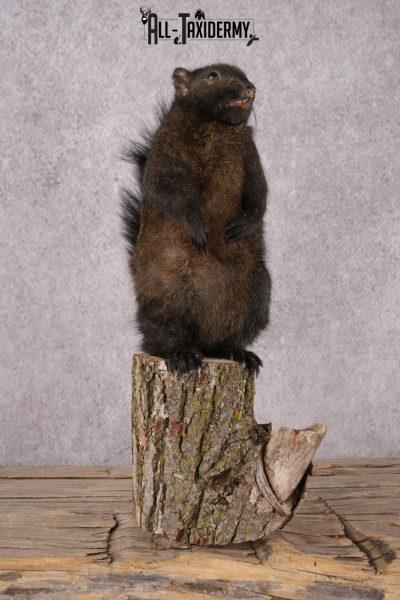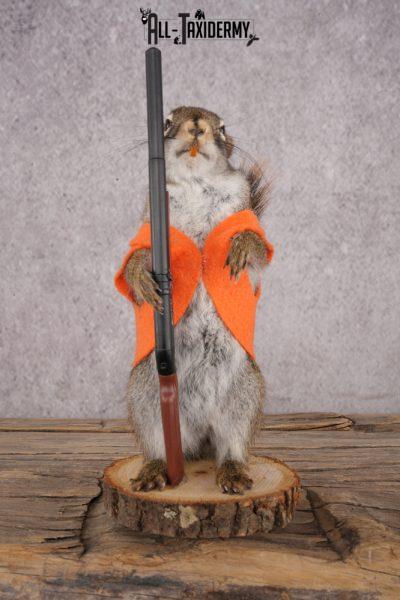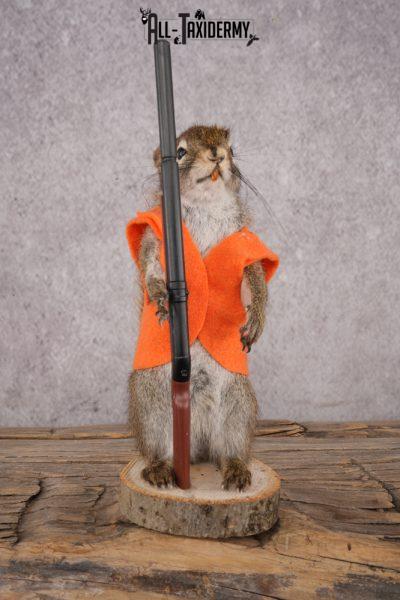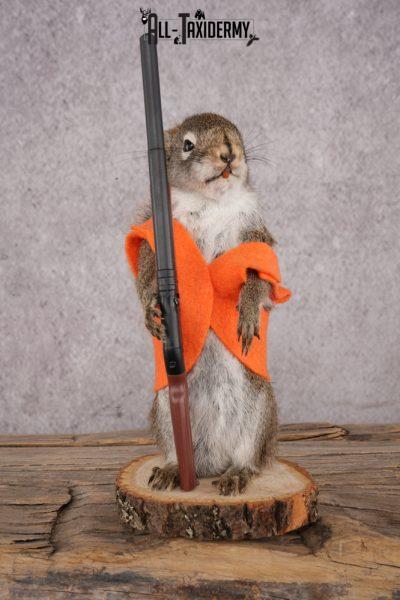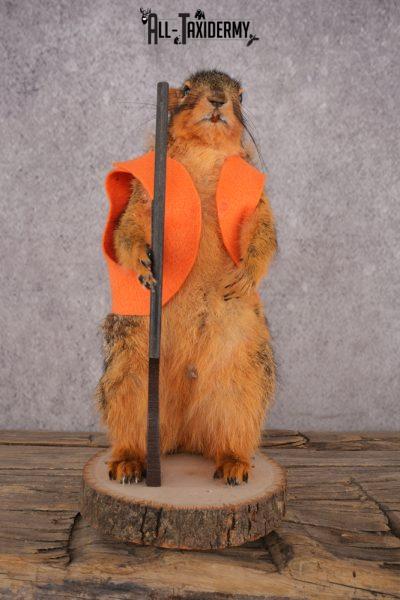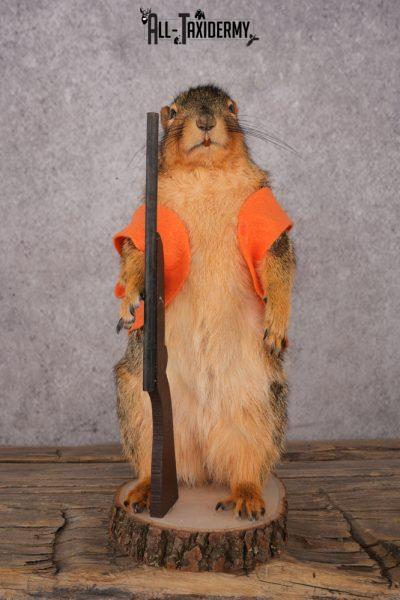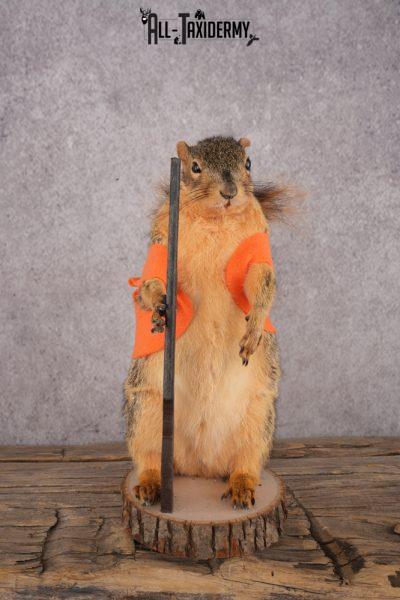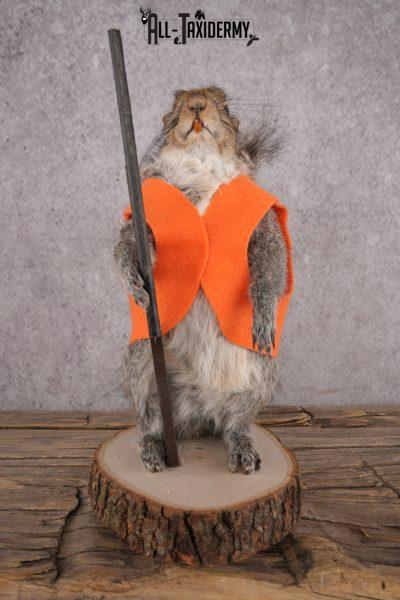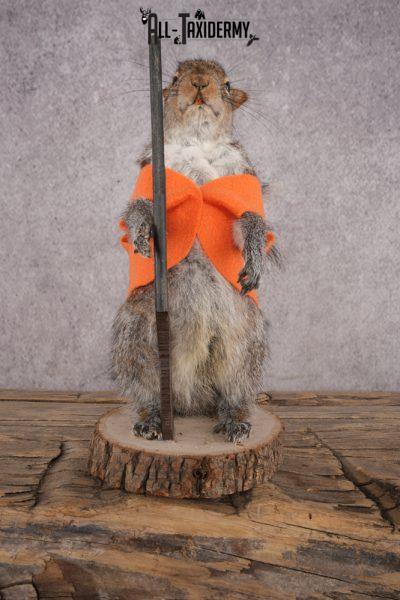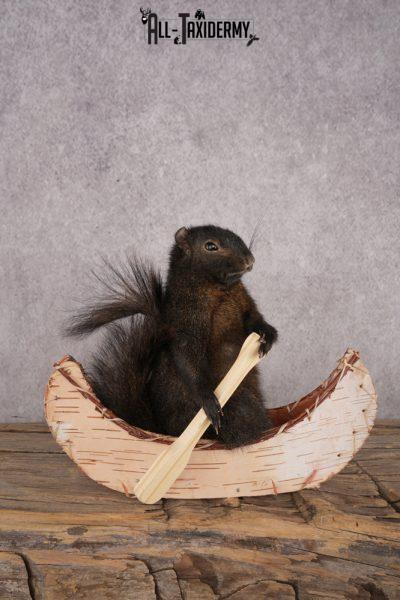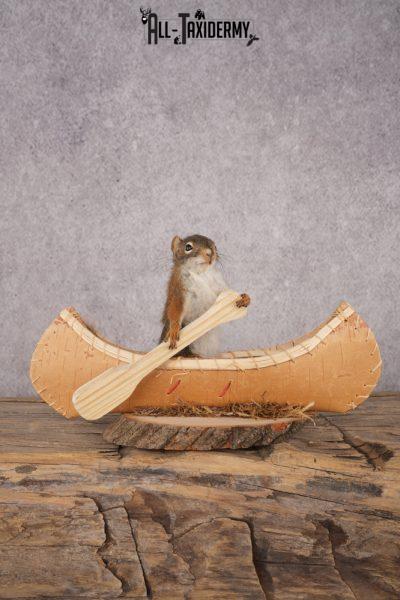- New!


Great Display ... Read More
Black Squirrel SKU 3228
$595.00-
View Details - New!


Superb Condition ... Read More
Black Squirrel SKU 3315
$1,195.00-
View Details 

Hunting Red Squirrel SKU 3134
$275.00-
View Details

Hunting Red Squirrel SKU 3131
$275.00-
View Details
Hunting red squirrel. ... Read More
Hunting Red Squirrel SKU 3130
$275.00-
View Details

Gift Idea ... Read More
Hunting Squirrel SKU 3115
$300.00-
View Details

Gift Idea ... Read More
Hunting Squirrel SKU 3114
$350.00-
View Details

Gift Idea ... Read More
Hunting Squirrel SKU 3113
$350.00-
View Details

Gift Idea ... Read More
Hunting Squirrel SKU 3112
$350.00-
View Details

Gift Idea ... Read More
Hunting Squirrel SKU 3111
$350.00-
View Details

Gift Idea ... Read More
Hunting Squirrel SKU 3110
$350.00-
View Details

Gift Idea ... Read More
Hunting Squirrel SKU 3109
$350.00-
View Details

Gift Idea ... Read More
Hunting Squirrel SKU 3046
$350.00-
View Details

Gift Idea ... Read More
Hunting Squirrel SKU 3045
$350.00-
View Details

Gift Idea ... Read More
Squirrel in a Canoe SKU 3047
$395.00-
View Details

Gift Idea ... Read More
Black Squirrel in a Canoe SKU 3067
$450.00-
View Details

Gift Idea ... Read More
Red Squirrel in a Canoe SKU 3073
$400.00-
View Details

Gift Idea ... Read More
Red Squirrel in a Canoe SKU 3072
$400.00-
View Details
Squirrel Taxidermy Mounts
All-Taxidermy is your source for squirrel taxidermy mounts. We have several species available, including gray squirrels, red squirrels, fox squirrels, and other species and subspecies native to the continents of North America, Europe, Asia, and Africa. Our squirrel taxidermy is highly customizable. Your mount can be designed as a natural-looking display with a custom habitat – or you can opt for something completely weird and wacky – like a squirrel drinking beer out of a can, rowing a canoe, or playing golf!
At All-Taxidermy, we can custom create any squirrel mount you want! Or, shop our selection below. Our best pieces are represented by our quality grades of Trophy, Superior, and Excellent.
Shop Squirrel Taxidermy Online
Squirrel taxidermy mounts may be small, but they are nevertheless a popular taxidermy choice. Whether you would like an eastern gray squirrel wall mount to add to your North American mammal collection, or a Fox squirrel dressed like a cowboy just for laughs, our experts have you covered! We can provide custom squirrel taxidermy services, or you can browse our current products on this page.
Need a professional taxidermy squirrel service? If you have shot a squirrel, give us a call and we can provide a custom taxidermy service. Some of our wall mounts showcase the rodent descending tree bark head-first (they are one of the few mammal species able to do so!), while others are perched on a stump, feeding on an acorn. Regardless of your choice, adding a squirrel to your taxidermy collection will add more aesthetic appeal to your home or cabin.
Squirrel Species
There are more than 280+ species of squirrels in the world. These include tree, ground, and flying squirrels alike. At All-Taxidermy, we create or sell various species of squirrel taxidermy mounts, ranging from common gray or red squirrels native to North America, to the Prevost’s squirrel, native to Sumatra and Borneo in Asia.
Gray Squirrel Taxidermy
There are four major subspecies of gray squirrels that you’ll find in North America: the eastern, western, Arizona, and Mexican gray squirrel. As their name implies, the typical fur coloration for the gray squirrel is gray, usually with a white underside, however, some squirrels can be brown, or leucistic (white) or melanistic (black). In fact, you’re likely to find black or white squirrel taxidermy on our website. The eastern gray squirrel is native to the eastern states of the United States, having a similar distribution as the fox squirrel. They are a highly adaptable species, and are considered to be invasive in some parts of the world.
The eastern gray squirrel (Sciurus carolinensis) is one of North America’s most well-recognized mammals. If you live in Eastern or Central United States, you are likely to see these rodents daily, scampering across your lawn and looking for seeds, walnuts, acorns, hazelnuts, tree bark, buds, flowers, and berries for food. The similar western gray squirrel’s range does not cross over with its eastern cousin – it lives in Washington, Oregon, California, and the northern part of Mexico. Meanwhile, the Arizona gray squirrel is a tree squirrel that’s native to a small portion of Arizona and northern Mexico. Lastly, the Mexican gray squirrel, also known as the red-bellied squirrel, lives in Guatemala and eastern and southern Mexico.
Red Squirrel Taxidermy
The red squirrel is a Eurasian squirrel that’s native to most of Europe, Scandinavia, and Russia. The Eurasian red squirrel is characterized by a distinctive red or dark/black coloration and ear tufts. They prefer the Scots and Siberian pine and Norway spruce of the boreal and coniferous woods of Europe and Siberia.
There’s also the American red squirrel, which is significantly smaller than their gray squirrel cousins. They are widely distributed across Alaska, Canada, and the Rocky Mountain and Eastern parts of the United States. Browse Eurasian and American red squirrel taxidermy on our website to add to your collection!
Fox Squirrel Taxidermy
Looking for fox squirrel taxidermy? Also known as the Eastern fox squirrel, or the Bryant’s fox squirrel, it’s North America’s largest species of squirrel. The squirrel’s upper body is typically a brownish-gray or brownish-yellow with a distinctive orange/red underside. As such, the fox squirrel is sometimes mistaken for the red or gray squirrel due to its similar coloration.
The fox squirrel’s natural range covers most of the eastern part of North America. This includes the southern prairie provinces of Canada, to the Dakotas, Colorado, and Texas, to most southern, Midwest, and eastern states in the U.S. The fox squirrel feeds on tree buds, flowers, insects, bird eggs, maple tree seeds, berries, oak acorns, and fruits and nuts from various trees.
Abert’s Squirrel Taxidermy
The Abert’s squirrel has a range that extends from the southern Rocky Mountains down into the northern Sierra Madre Occidental of Mexico. Also known as the tassel-eared squirrel, it’s a tree squirrel that’s characterized by its tasseled ears and gray and white fur. Usually, the squirrel also has a rusty or reddish stripe along its back, but some subspecies won’t have this stripe at all.
The Abert’s squirrel is prevalent in the states of Arizona, New Mexico, and southwestern Colorado. They favor Ponderosa pine trees and a large part of their diet are the tree’s pine cones. Browse our Abert’s squirrel taxidermy mounts online for beautiful mounts depicting this unique, Southwestern squirrel!
Kaibab Squirrel Taxidermy
The Kaibab squirrel, considered a subspecies of the Abert’s squirrel, is a tassel-eared squirrel that lives in only one place in the world – the Kaibab Plateau in Southwest United States – an area of only 20 by 40 miles. In fact, the Kaibab squirrel only dwells in the ponderosa pine forests of the North Rim of Grand Canyon National Park and the northern portion of Kaibab National Forest.
These squirrels have brown or gray fur, tufted ears, a black or gray belly, and a fluffy white tail. They live only in ponderosa pine forests, building their nests from the trees’ twigs and pine needles.
Prevost Squirrel Taxidermy
Another unique squirrel taxidermy display you may find on our website is the Prevost’s squirrel. Otherwise known as the Asian tri-colored squirrel, this squirrel has distinctive black, white, and reddish-brown fur. Meanwhile, the squirrel’s subspecies is fully black and reddish/orange with no white.
The Prevost squirrel can be found in the forests of the Thai-Malay Peninsula, Sumatra, Borneo, and other small islands. It feeds primarily on fruits, nuts, seeds, buds, flowers, bird eggs, and insects. If you’re looking to add another taxidermy piece to your Southeast Asian taxidermy, please browse our Prevost squirrel taxidermy today!
Squirrel Taxidermy FAQs
How to taxidermy a squirrel?
Taxidermy is a complex process that requires knowledge, personal experience, and tools. The process for a squirrel involves: skinning the squirrel, which requires making precise incisions and carefully removing the skin/fur. Once removed, you should treat it using a process called tanning to preserve the skin and prevent from decay. Next, use a form that matches the dimensions and pose of the squirrel. Once the skin is fitted, sew the incisions and perform the necessary grooming, touch ups, and add the eyes. Finally, you’ll mount the squirrel on a base for display.
How much does it cost to taxidermy a squirrel?
The cost of having a squirrel prepared and made into a taxidermy mount can vary greatly based on a number of factors. These include the pose of the animal, the number of squirrels, whether you want to add custom habitat, or other unique designs (Novelty & Oddity poses). We always recommend you get quotes from a trusted local taxidermist for the most accurate current pricing. Check out our price list here for more details.
How to skin a squirrel for taxidermy?
To start with skinning a squirrel, you will make a circular cut around the body, being careful not to cut too deep and damage the organs. You should make this cut at the midsection or near the back legs. Now, make a cut from the circular cut down each of the rear legs. Next, carefully peel the skin away from the body, and be very careful when you reach the area around the face, ears, and legs for best taxidermy results. Once removed, you can start the tanning process. More information here about skinning a squirrel.
About All-Taxidermy
Our taxidermy store is based in Wrightstown, WI. We take great pride in our work, no matter the size of the project. From a small squirrel taxidermy piece, to a huge bull moose wall mount, we infuse the same level of pride and always strive for great attention to detail. In fact, our taxidermists are trained by the best World Champion taxidermy professionals so you can rest assure that you’re working with the experts!
At All-Taxidermy, we want your squirrel taxidermy and other taxidermy mounts to be a reflection of real-life as much as possible. In addition, we ship your mount to you with great care. If you have recently shot a squirrel and need a taxidermy quote, please reach out to us at 1-888-983-3886. Or, we can help you with the process of skinning a squirrel in preparation for the taxidermy process. Let All-Taxidermy be your source for squirrel mounts, information, and more.




